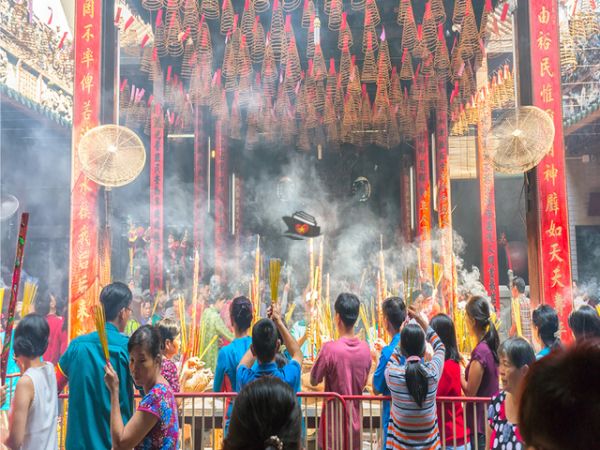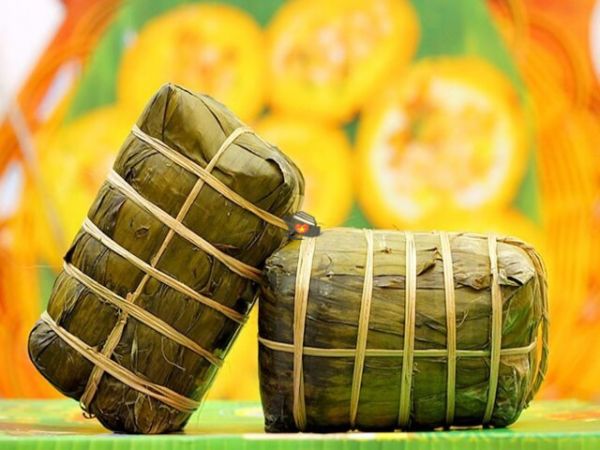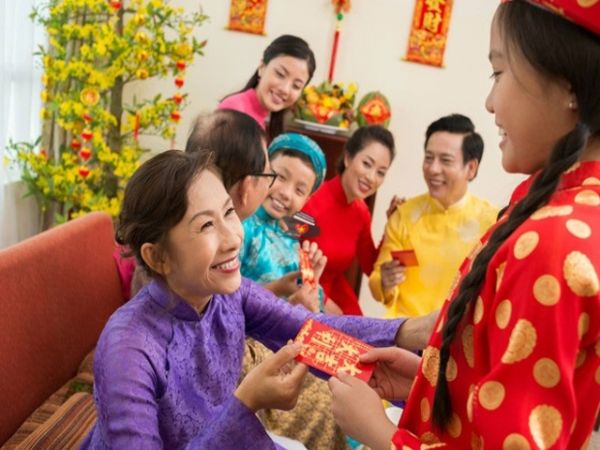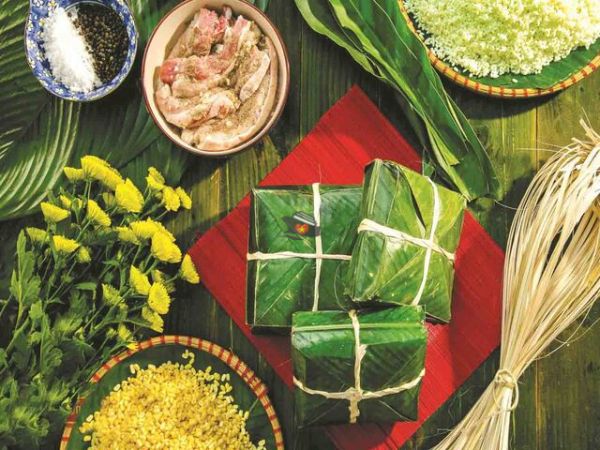VIETNAM LUNAR NEW YEAR

Vietnam Lunar New Year:
Tet Nguyen Dan, often known as Tet Holiday, or Lunar New Year is a holiday celebrated in Vietnam. It is Vietnam's most significant and popular holiday and celebration. According to the lunar calendar, it is the Vietnamese Lunar New Year, which heralds the approach of spring. Tet Nguyen Dan means "Feast of the First Morning" in Sino-Vietnamese. Tet Occasion is approaching, therefore let's look at some of the traditions and rituals associated with this important holiday in Vietnam.
While Vietnam Tet Holiday and Chinese New Year have many similarities, such as the Lunar Calendar system, there are some key differences. For example, Cat is the zodiac animal for 2023, whereas Rabbit is the zodiac animal in China, Korea, Japan, and Singapore. Vietnamese people believe that Tet Holiday is the perfect time for family members to come home and spend time together.
Vietnamese celebrate Tet by shopping for the New Year and visiting Pagodas and Temples. Food, clothing, and home decorations are all available for purchase. The Vietnamese consider Tet Holiday to be a time to relax after a long year of hard work. As a result, individuals forget about their problems and concentrate on making the celebration as cheerful as possible. Tet is highly regarded, with distinct hues and flavors for properly enjoying the new year.

- The History of the Vietnam Tet Holiday:
The Chinese originally celebrated the Lunar New Year in Vietnam around 2000 years ago. Because Vietnam was a part of Ancient China at the time, the Chinese New Year was passed down through generations to become the Vietnamese New Year. This time of year has traditionally been one of the few long pauses between harvest and the following crop rotation—the ideal time for a celebration. Moreover, despite being the most popular holiday celebration in Vietnam, much of its rich past is unknown.
The "Banh Chung" is a dish made with sticky rice, green beans, and pork, among other ingredients. It is covered in green foliage and represents the Earth. It was created by prince Lang Lieu of the Hung King dynasty. Because it may persist for several days in Vietnamese weather, Banh Chung is the major dish for the Tet celebration. And most households keep "Banh Chung" at room temperature for about a month.
In Vietnam, "Xoi" is also an essential aspect of the Tet celebration. Xoi is the major staple cuisine for the Tet festival, along with Banh Chung. It comes in several varieties, including Xoi Lac (sticky rice with peanuts), Xoi Dau Xanh (sticky rice with green bean), and Xoi Gac (sticky rice with unusual "gac" fruit). Among these, Xoi Gac is the most popular because of its distinctive red color, which represents good fortune and new beginnings in the New Year.

- The activities during Vietnam Tet Holiday:
Even though many Vietnamese customs are founded on traditional cultural ideas that may appear superstitious to others, families feel that their Tet festivities must incorporate pleasure, joy, and good luck. The following are some of the most popular, long-standing Tet traditional practices that have been passed down from generation to generation.
If you're in Vietnam around this time of year, you're bound to come across "lucky money," or "li xi" as it's known in the south—"tien mung tuoi" in the north. Instead of candy-filled stockings, children are given red envelopes holding cash, which is always distributed in an even amount of notes. Odd numerals and denominations are considered unlucky. Adults offer fortunate money to children in exchange for a pledge to study hard and behave well. At the same time, the family's oldest members receive lucky money. This indicates a wish for them to have a longevity and healthy life in the next year. During the Tet holiday, red envelopes are commonly seen around the country. The hue denotes fire, which represents brightness, warmth, the sun, and, of course, good fortune.
Tet is also a day to remember those who have died. Families burnt incense from the evening on the 30th night, before New Year's Eve, to welcome the spirits of their grandparents, ancestors, and departed relatives to dine and enjoy Tet with their children and grandkids. The ancestral altar is highly significant in every Vietnamese household. On Tet celebration, the altar of ancestors represents the Vietnamese people's remembering and reverence for their ancestors and departed relatives, with carefully selected five-fruit tray; tray with numerous tasty foods or familiar dishes of the deceased.

Vietnamese people think that a pleasant New Year's Day at the start of the year heralds a prosperous year ahead. The previous year brings ill luck, and the new year brings individuals positive ideals about life. If the previous year was fortunate, the good fortune will continue throughout the next year. Tet is also a day of optimism and hope in this regard.
Tet is everyone's birthday, and everyone is one year older, therefore when they gather, they say to enjoy one more year. Adults celebrate the ages of small children and old people to desire their children to grow up swiftly, dutifully, and well-educated, and to hope the elderly live long and healthy lives so that their children and grandchildren might be filial and enjoy benefits.
